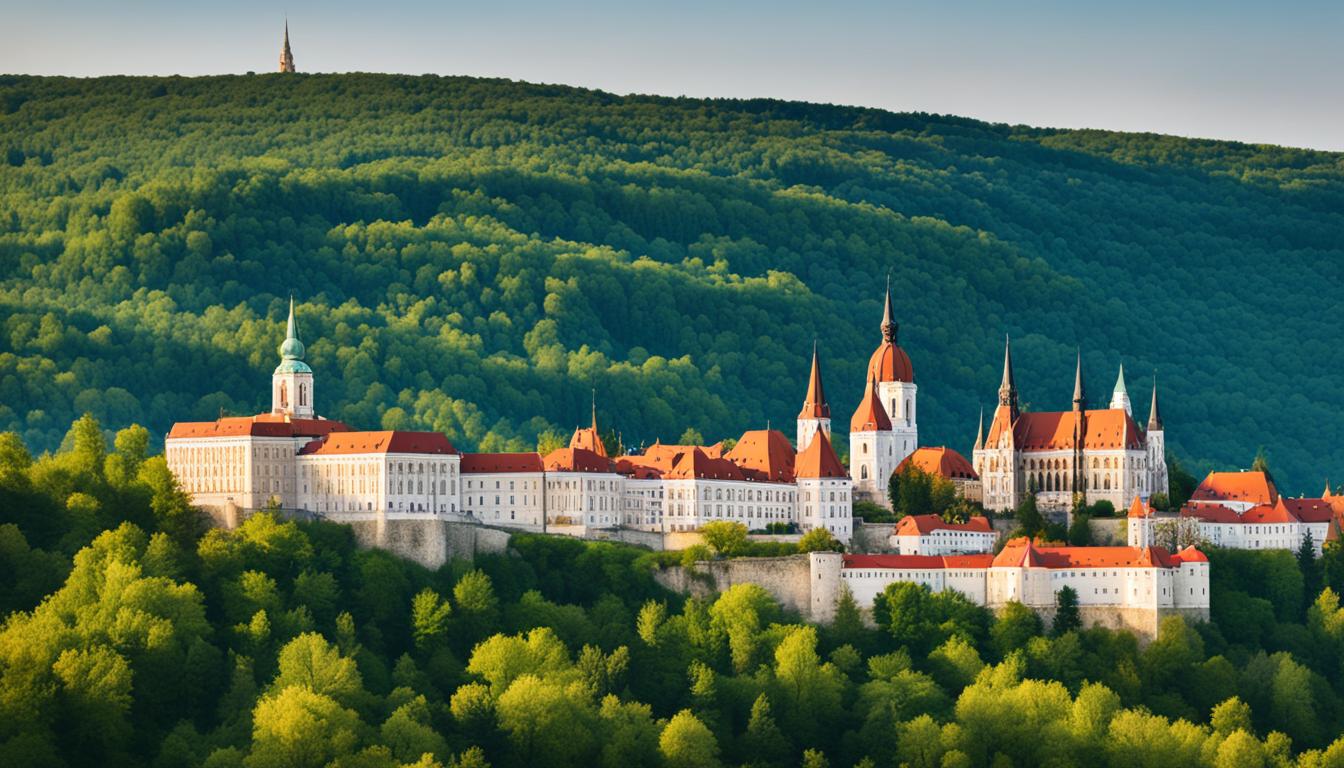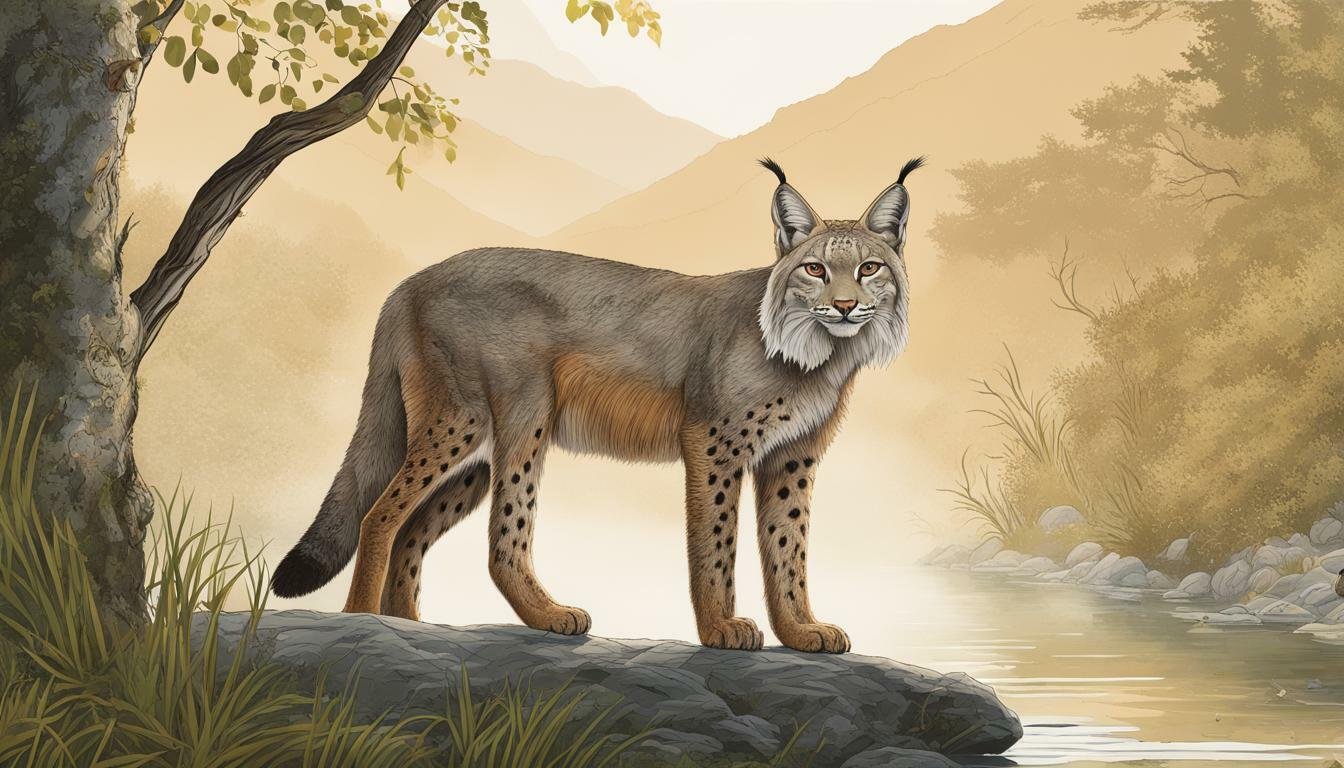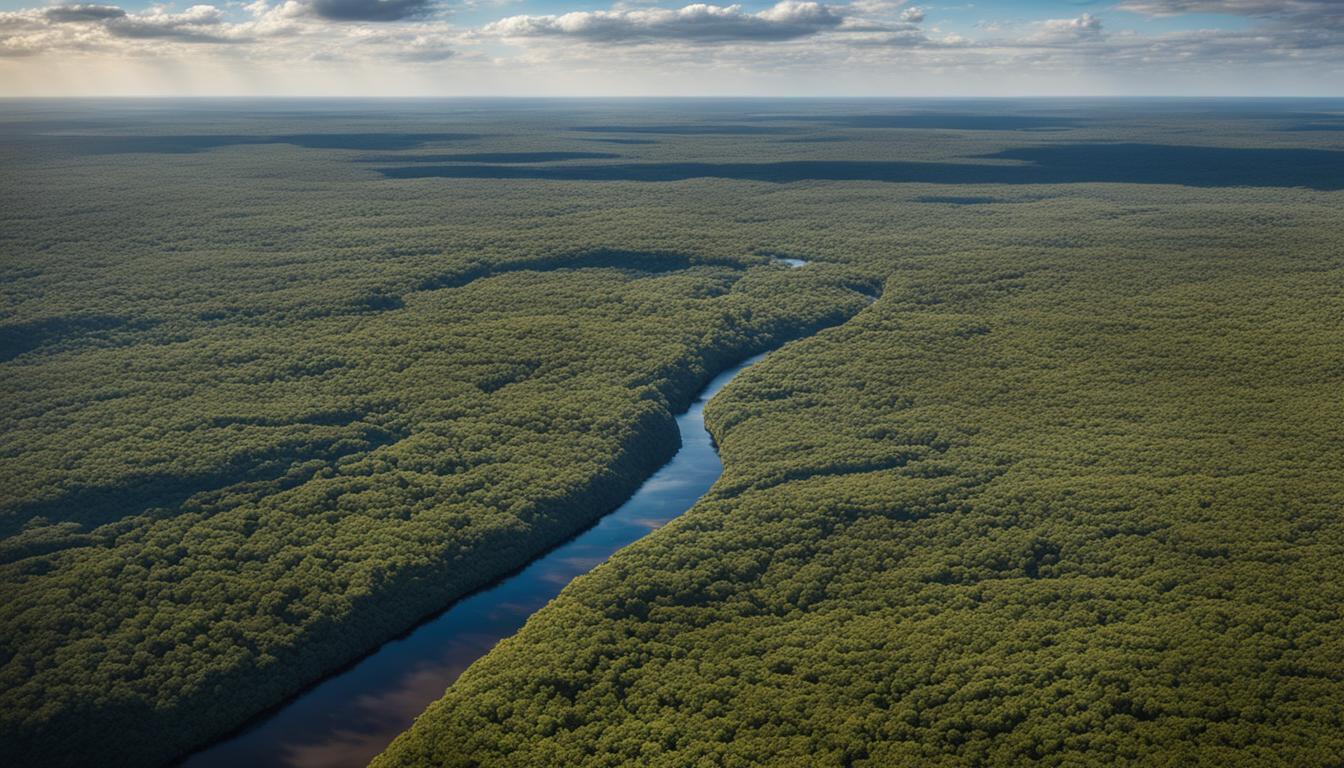Hungary Sacred Natural Sites and Biodiversity
Did you know that Hungary is home to over 53,000 described species? This small country in Central Europe boasts a rich biodiversity and a remarkable range of sacred natural sites, making it a haven for nature conservation and eco-tourism. From its expansive national parks to its unique natural heritage, Hungary offers a fascinating destination for those seeking to explore and protect the wonders of the natural world.
Key Takeaways:
- Hungary is home to a diverse range of sacred natural sites and rich biodiversity.
- Over 53,000 described species contribute to Hungary’s vibrant ecosystem.
- Hungarian national parks play a crucial role in protecting the country’s natural heritage.
- Eco-tourism in Hungary offers opportunities to explore diverse ecosystems and support conservation efforts.
- The preservation of Hungary’s natural sites and biodiversity is essential for maintaining vital ecosystem services.
Status and Trends of Biodiversity in Hungary
Hungary has undergone significant changes in land use and biodiversity over the past few decades. Traditional land use forms have decreased, giving way to a rise in forest area. Currently, indigenous tree stocks account for over 57% of the country’s forested areas. Despite these transformations, Hungary continues to boast a diverse range of flora and fauna, with over 53,000 described species. The preservation of biodiversity is of utmost importance to Hungary, which has implemented various measures to safeguard its natural heritage by increasing the territory under protection. As a result, the total protected area in Hungary now surpasses the EU average, assisted greatly by the presence and conservation efforts of Hungarian National Parks.
Conservation of Hungary’s biodiversity and natural resources is crucial for the well-being of both ecosystems and human communities. By prioritizing the protection of these areas and implementing sustainable practices, Hungary can ensure the preservation of its unique and precious biodiversity for future generations.
“The future lies in our hands. We have the responsibility to protect and conserve Hungary’s rich biodiversity and natural heritage.” – Environmental Conservation Society of Hungary
To gain a better understanding of the status and trends of biodiversity in Hungary, let’s take a closer look at the following table:
| Biodiversity Trends | Hungary | EU Average |
|---|---|---|
| Number of Described Species | 53,000+ | N/A |
| Forest Area | Increase | Varies |
| Indigenous Tree Stocks | 57%+ | Varies |
| Territory Under Protection | Exceeds EU Average | Varies |
Biodiversity Conservation in Hungarian National Parks
Hungarian National Parks play a vital role in the preservation and conservation of Hungary’s natural heritage. These protected areas encompass various ecosystems and provide essential habitats for a wide range of species. They serve as valuable centers for research, education, and eco-tourism, promoting awareness and appreciation for Hungary’s biodiversity.
With ongoing efforts to increase the territory under protection, Hungary is striving to exceed conservation standards and secure the future of its unique natural sites. By safeguarding its biodiversity, Hungary aims to ensure a sustainable environment for both wildlife and humans to thrive.
Threats to Biodiversity in Hungary
Hungary’s biodiversity faces various threats due to human activity. Economic development and the pressures placed on ecosystems have led to habitat loss and fragmentation, disrupting the delicate balance of natural ecosystems. The fragmentation of habitats has significant consequences for many species that rely on interconnected habitats for their survival.
Invasive alien species also pose a threat to native biodiversity in Hungary. These species, introduced from other regions, can outcompete native species for resources and disrupt the fragile ecological relationships that exist within the ecosystem.
Furthermore, climate change is another significant factor affecting biodiversity in the country. Rising temperatures, changing precipitation patterns, and extreme weather events can disrupt the life cycles of species and alter their habitats. This can lead to declining populations and unfavorable conservation status for many endangered species and habitats in Hungary.
It is essential for Hungary to address these environmental threats and implement conservation measures to protect its biodiversity. Efforts must be made to mitigate habitat loss and fragmentation, control the spread of invasive species, and adapt to the impacts of climate change. By prioritizing the protection of biodiversity and implementing sustainable practices, Hungary can mitigate the negative effects of these threats and ensure the long-term conservation of its natural heritage.
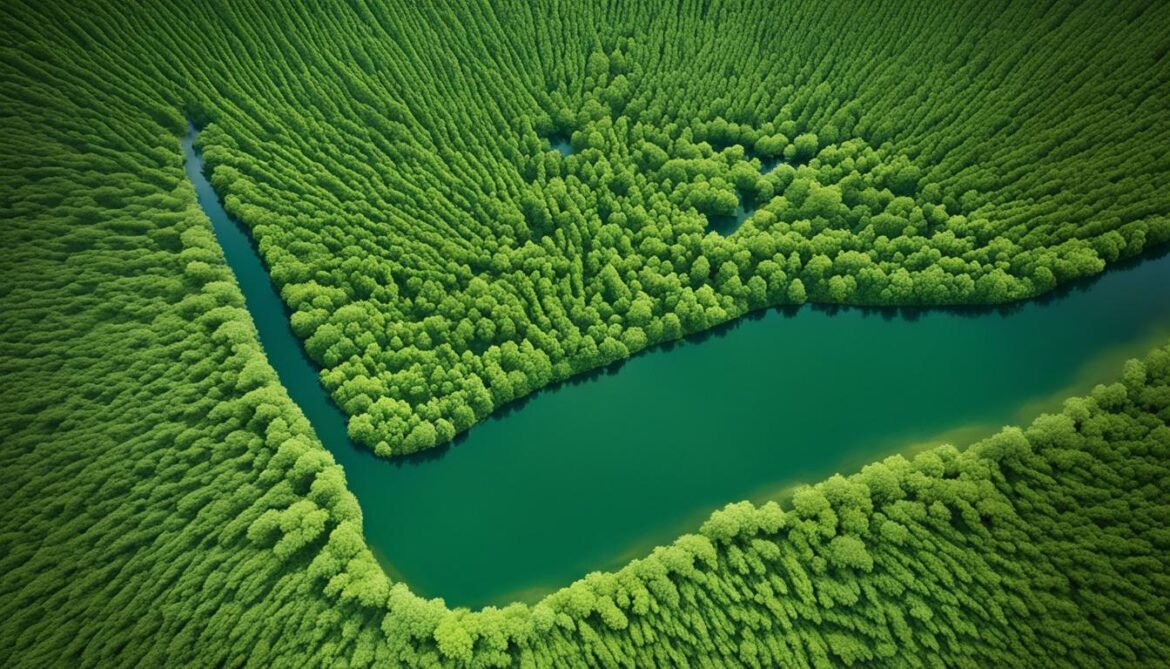
The Impact of Habitat Loss and Fragmentation
Habitat loss and fragmentation have severe consequences for biodiversity in Hungary. As natural habitats are converted for agriculture, urban development, and industrial activities, the available habitat for many species diminishes. This loss of habitat can result in reduced population sizes, lower genetic diversity, and increased vulnerability to factors such as disease and predation. Additionally, fragmented habitats make it more difficult for species to move between suitable habitats, leading to isolation and limiting gene flow, which can ultimately lead to local extinctions.
The Threat of Invasive Alien Species
Invasive alien species are non-native species that are introduced to new environments and have a detrimental impact on the native biodiversity. In Hungary, invasive species, such as the American mink and the common ragweed, compete with native species for resources and disrupt the structure and functions of ecosystems. They can outcompete native species, disrupt food chains, and decrease biodiversity. Controlling and managing invasive species is crucial for preserving the unique biodiversity of Hungary.
Climate Change and Biodiversity
Climate change poses a significant threat to biodiversity in Hungary. The changing climate alters the timing of biological events, such as flowering and migration, affecting the synchronization between species and their habitats. Rising temperatures can also favor invasive species over native species, further contributing to biodiversity loss. Additionally, climate change increases the frequency and intensity of extreme weather events, such as droughts and floods, which can have devastating effects on ecosystems and species. Adapting to climate change and implementing measures to mitigate its impacts are essential for safeguarding Hungary’s biodiversity.
Conservation Efforts in Hungary
Hungary has made significant strides in preserving its biodiversity through a range of dedicated conservation initiatives. The country has closely aligned with EU legislation on protected areas, resulting in an expanded territory under protection. Such efforts have been vital in safeguarding Hungary’s unique natural heritage and promoting biodiversity preservation.

At the forefront of conservation in Hungary are the Hungarian national parks, which play a crucial role in ensuring the long-term survival of the country’s diverse ecosystems. These protected areas serve as essential habitats for a wide range of plant and animal species, contributing significantly to biodiversity preservation.
The Hungarian government, in collaboration with local organizations, has implemented various conservation programs aimed at protecting endangered species and restoring degraded habitats. Through these initiatives, Hungary strives to create sustainable environments that support thriving ecosystems and secure the future of its natural sites and biodiversity.
Preserving Endangered Species
One significant aspect of Hungary’s conservation efforts is the focus on protecting endangered species. The country has identified species at risk and implemented targeted conservation programs to ensure their survival. By actively monitoring and managing these populations, Hungary aims to prevent further decline and promote the recovery of endangered species.
Restoration of Degraded Habitats
In addition to endangered species protection, Hungary recognizes the importance of restoring degraded habitats. Efforts are being made to rehabilitate areas affected by human activity, such as deforestation and pollution. Through habitat restoration initiatives, Hungary aims to revive and enhance the ecological functions of these areas, contributing to overall biodiversity preservation.
Collaborative Conservation Initiatives
Hungary actively collaborates with international organizations, regional partners, and local communities to tackle conservation challenges collectively. By fostering partnerships, sharing knowledge, and implementing joint initiatives, Hungary aims to strengthen its conservation efforts and achieve sustainable outcomes for its natural sites and biodiversity.
“Conservation is a collaborative effort that requires the active participation of governments, organizations, and individuals. Hungary’s commitment to conservation initiatives showcases its dedication to preserving its natural heritage for future generations.”
Through ongoing conservation initiatives and collaborations, Hungary remains steadfast in its commitment to nature conservation and the preservation of its unique biodiversity. By prioritizing protection, restoration, and collaboration, Hungary aims to create a sustainable future that celebrates and cherishes its sacred natural sites and diverse ecosystems.
Ecosystem Services in Hungary
Hungary’s biodiversity provides essential ecosystem services that contribute to the well-being of society. These services include water purification, soil fertility, pollination, and climate regulation.
The country’s diverse natural areas and habitats support a wide range of ecosystem services that are beneficial for both local communities and the economy. The provision of clean water is a vital service that supports human health and sustains wildlife populations. Hungary’s rich biodiversity helps to maintain water quality by filtering pollutants and preventing soil erosion, ensuring a sustainable supply of clean water for various purposes.
“Biodiversity is the key to unlocking the full potential of ecosystem services in Hungary.”
Soil fertility is another crucial ecosystem service provided by Hungary’s biodiversity. Healthy soils support agricultural productivity, contributing to food security. Biodiversity plays a crucial role in maintaining soil fertility by enhancing nutrient cycling, improving soil structure, and promoting the growth of beneficial microorganisms.
Pollination is a vital ecosystem service that is largely carried out by insects, including bees and butterflies. Hungary’s diverse flora and flourishing insect populations ensure effective pollination, leading to the production of fruits, seeds, and other plant products. This benefits both natural ecosystems and agricultural systems, supporting the economy and providing food resources.
Climate regulation is also an essential ecosystem service provided by Hungary’s biodiversity. Natural habitats, such as forests and wetlands, store and sequester carbon, helping to mitigate climate change by reducing greenhouse gas emissions. Forests in Hungary, for example, act as carbon sinks, absorbing and storing large amounts of carbon dioxide from the atmosphere.
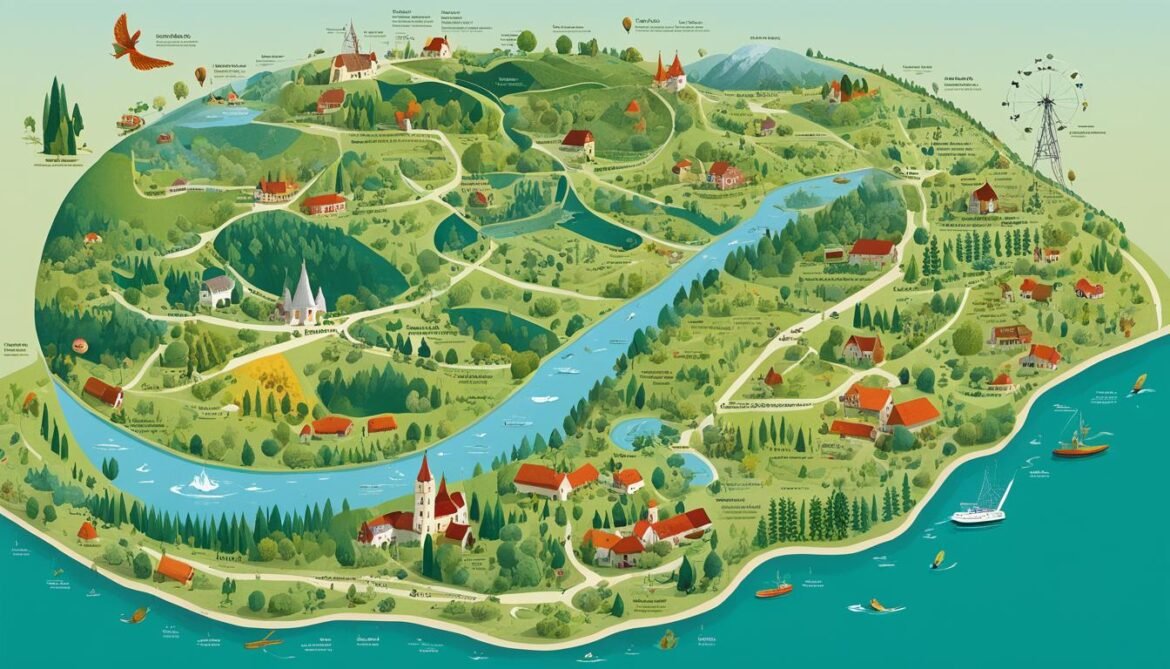
Protecting and conserving biodiversity in Hungary is crucial not only for preserving natural sites but also for maintaining the provision of these vital ecosystem services. By prioritizing biodiversity conservation and sustainable land management practices, Hungary can ensure the continued availability of clean water, fertile soils, effective pollination, and climate regulation for the well-being of both present and future generations.
Ecotourism in Hungary
Hungary offers various ecotourism destinations for nature enthusiasts and conservation-minded travelers. The country’s national parks, protected areas, and sacred natural sites provide opportunities for sustainable tourism experiences. Visitors can explore diverse ecosystems, observe unique wildlife, and learn about Hungary’s rich biodiversity. Ecotourism in Hungary not only promotes environmental awareness but also contributes to local economies and supports conservation efforts. The country’s commitment to sustainable tourism ensures that visitors can enjoy the natural beauty of Hungary while helping to preserve its precious natural sites.
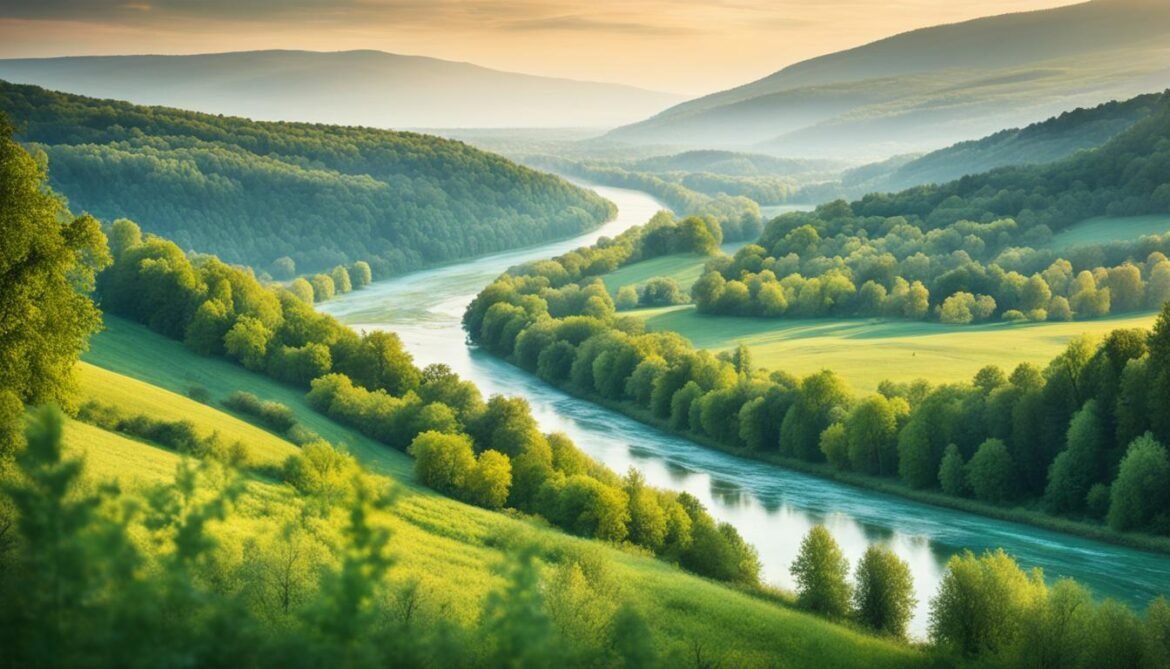
One of Hungary’s iconic ecotourism destinations is the
Hortobágy National Park, which is a UNESCO World Heritage site. This vast protected area is home to diverse wildlife, including rare bird species like the great bustard and the saker falcon. Visitors can explore the park’s unique landscape of meadows, marshes, and traditional Hungarian farmsteads, and even take part in bird-watching tours and safari rides.
Hungary’s ecotourism offerings extend beyond national parks. The Bükk National Park is another popular destination that showcases the country’s natural beauty. With its dense forests, stunning limestone formations, and impressive cave systems, this park provides ample opportunities for hiking, biking, and wildlife spotting. The Bükk region is also known for its ecological vineyards, where visitors can learn about sustainable winemaking practices and sample award-winning local wines.
In addition to national parks, travelers interested in ecotourism can also visit Szentendre Island in the Danube River, which is a designated biosphere reserve. This island paradise offers a peaceful escape from urban life, with its untouched forests, wetlands, and abundant birdlife. Visitors can explore the island’s nature trails, go kayaking on the river, or simply relax and enjoy the tranquility of this natural oasis.
When engaging in ecotourism activities in Hungary, it is important to choose tour operators and accommodations that prioritize sustainability and environmental conservation. Many eco-friendly lodges and guesthouses have emerged throughout the country, offering visitors a chance to stay in harmony with nature. These establishments often use renewable energy sources, implement waste management practices, and support the local economy through partnerships with local producers and artisans.
“Ecotourism is not only about experiencing nature, but also about actively contributing to its protection and preservation. By choosing to visit Hungary’s ecotourism destinations, travelers can make a positive impact on the environment while creating memorable experiences for themselves.”
Role of Traditional Knowledge in Biodiversity Conservation
Traditional knowledge plays a crucial role in the conservation of biodiversity in Hungary. Indigenous and local communities have a deep understanding of the local environment, including species identification, management practices, and ecological interactions. Their knowledge, passed down through generations, holds invaluable insights for sustainable resource management and the preservation of biodiversity.
“Indigenous and local communities possess a profound connection to the land and its biodiversity. Their traditional knowledge is a treasure trove of wisdom that can inform conservation practices and contribute to the long-term health of ecosystems.” – Dr. Anna Kovács, Biodiversity Researcher
By recognizing and respecting the contributions of traditional knowledge holders in Hungary, we can enhance our conservation efforts and ensure the protection of the country’s natural sites and biodiversity. Indigenous and local knowledge complements scientific research and provides unique perspectives on ecosystem functioning and resilience.
Sustainable Resource Management
The traditional knowledge of local communities in Hungary offers valuable insights into sustainable resource management. Through their practices, they have developed effective techniques for land use, agriculture, and water management that promote biodiversity conservation. By integrating traditional knowledge into conservation strategies, we can achieve a harmonious balance between human activities and the preservation of natural habitats.
Preserving Ecological Balance
Indigenous and local communities possess an in-depth understanding of the intricate ecological interactions within their environments. They have developed traditional practices that promote the maintenance of ecological balance, such as managing forest resources sustainably and preserving key habitats for endangered species. By incorporating this knowledge into our conservation efforts, we can better protect and restore the delicate balance of ecosystems in Hungary.
Enhancing Community Engagement
The involvement of local communities in biodiversity conservation not only preserves traditional knowledge but also fosters a sense of ownership and pride in protecting their natural heritage. By engaging indigenous and local communities, we can empower them to actively participate in conservation initiatives, making them stakeholders in the sustainable management of their ecosystems. This collaboration strengthens the bonds between people and nature, ensuring the long-term preservation of Hungary’s sacred natural sites and biodiversity.
| Traditional Knowledge Contributions | Biodiversity Conservation Benefits |
|---|---|
| Species identification | Supports targeted conservation efforts |
| Ecosystem management practices | Enhances sustainable resource management |
| Understanding ecological interactions | Guides the protection of key habitats |
| Sustainable land use practices | Promotes the preservation of natural habitats |

By integrating traditional knowledge into biodiversity conservation initiatives in Hungary, we can tap into centuries of wisdom and ensure the preservation of both traditional cultures and the natural environment. This collaborative approach, combining traditional knowledge and scientific research, is key to achieving effective and sustainable biodiversity conservation in Hungary.
Challenges and Future Perspectives in Biodiversity Conservation
Biodiversity conservation in Hungary faces various challenges, including habitat loss, invasive species, and climate change. These challenges require sustainable management strategies, policy interventions, and international collaborations.
Hungary’s future perspectives in biodiversity conservation involve strengthening protected areas, promoting sustainable land use practices, and integrating traditional knowledge into conservation efforts. Implementing effective conservation policies, raising public awareness, and engaging local communities are crucial for ensuring the long-term preservation of Hungary’s sacred natural sites and biodiversity.
Challenges Facing Biodiversity Conservation
Habitat loss poses a significant threat to biodiversity in Hungary. The conversion of natural habitats for agriculture, infrastructure development, and urbanization leads to the fragmentation and degradation of ecosystems. This loss of habitat directly impacts vulnerable species and disrupts ecological processes.
The invasion of non-native species also threatens Hungary’s biodiversity. These invasive species outcompete native species for resources and disrupt natural ecosystems. They can have devastating effects on native flora and fauna, leading to population declines and even extinctions.
Climate change presents another major challenge to biodiversity conservation in Hungary. Rising temperatures, altered precipitation patterns, and extreme weather events can disrupt ecosystems and impact the distribution and abundance of species. This can result in the loss of habitat suitability for many species and exacerbate existing conservation challenges.
Future Perspectives in Biodiversity Conservation
To address these challenges, Hungary aims to strengthen its protected areas network. Protected areas play a crucial role in conserving biodiversity by providing habitats for species and promoting sustainable land use practices.
Promoting sustainable land use practices is essential for maintaining biodiversity and ecosystem services in Hungary. This involves implementing sustainable agriculture, forestry, and urban planning practices that minimize negative impacts on ecosystems and promote conservation-compatible development.
Integrating traditional knowledge into conservation efforts is another key aspect of Hungary’s future perspectives. Indigenous and local communities possess valuable knowledge and practices that can contribute to sustainable resource management and biodiversity conservation. Recognizing and respecting this knowledge can lead to more effective conservation strategies.
Conservation Policies and Public Engagement
Effective conservation policies are necessary for the long-term preservation of Hungary’s biodiversity. These policies should prioritize the protection of critical habitats, the prevention of habitat loss, and the control of invasive species. They should also promote sustainable land use practices and integrate climate change adaptation strategies.
Raising public awareness and engaging local communities are vital for successful biodiversity conservation in Hungary. Environmental education programs can help instill a sense of environmental stewardship and encourage sustainable behaviors. By involving the public in conservation initiatives and decision-making processes, Hungary can foster a culture of conservation and ensure the active participation of all stakeholders.
| Challenges | Future Perspectives |
|---|---|
| Habitat loss | Strengthening protected areas |
| Invasive species | Promoting sustainable land use practices |
| Climate change | Integrating traditional knowledge |
Meeting the challenges and embracing these future perspectives will be crucial for the effective conservation of Hungary’s sacred natural sites and biodiversity. By adopting sustainable management strategies, implementing effective policies, and engaging the public, Hungary can secure a sustainable future for its unique natural heritage.

The Importance of Public Engagement in Conservation
Engaging the public in biodiversity conservation is crucial for the long-term preservation of Hungary’s natural sites. By raising awareness and promoting sustainable behaviors, environmental education plays a pivotal role in this process. It is essential for Hungary to invest in educational programs that foster environmental literacy and encourage public participation in conservation initiatives.
Through environmental education, individuals can develop a deeper understanding of the value of biodiversity and the importance of protecting it. They can learn about the interconnectedness of ecosystems, the impact of human activities on the environment, and the role they can play in sustainable practices.
“Environmental education is a powerful tool for empowering people and inspiring action towards biodiversity conservation. It equips individuals with the knowledge, skills, and motivation to make informed decisions and adopt sustainable lifestyles.”
By involving local communities, visitors, and decision-makers, Hungary can create a culture of environmental stewardship. Public engagement in conservation efforts fosters a sense of ownership and responsibility, leading to more effective and sustainable management of sacred natural sites and biodiversity.
Public engagement can take various forms, including community outreach programs, citizen science initiatives, and participatory decision-making processes. These efforts encourage active involvement, collaboration, and co-creation of conservation strategies, ensuring that diverse perspectives are considered and valued.
Furthermore, public engagement not only benefits conservation efforts but also contributes to the well-being and quality of life for individuals and communities. Connecting people with nature and fostering a sense of connection and appreciation for the natural world can enhance physical and mental well-being, promote environmental justice, and strengthen social cohesion.
Environmental Education in Hungary
In Hungary, environmental education programs have been recognized as a crucial tool for biodiversity conservation. The government, along with non-profit organizations and educational institutions, has been working towards integrating environmental education into formal and non-formal education systems.
These programs aim to equip students with the knowledge, skills, and values necessary to understand and address environmental challenges. They promote hands-on learning experiences, outdoor activities, and critical thinking to cultivate environmental awareness, empathy, and action.
Through environmental education, Hungary seeks to empower individuals to become active participants in conservation efforts, responsible consumers, and influential advocates for change. By fostering a sense of environmental stewardship from an early age, Hungary is cultivating a future generation that will prioritize and safeguard the country’s natural heritage.
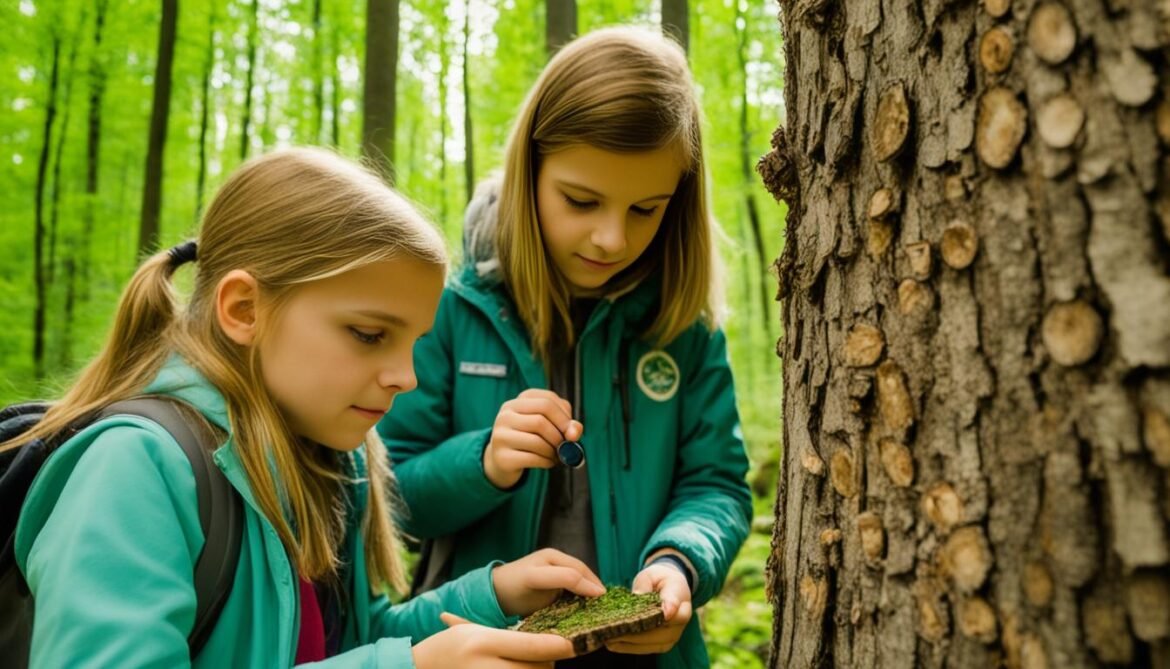
The Role of Public Engagement in Policy-Making
Public engagement in conservation initiatives not only generates support and participation but also plays a vital role in shaping policies and decision-making processes. Inclusive and participatory approaches ensure that diverse voices are heard, enabling more informed and context-specific conservation strategies.
By actively involving local communities, visitors, and decision-makers, Hungary can harness the collective wisdom and expertise of stakeholders. This collaborative approach facilitates knowledge exchange, capacity building, and the co-creation of solutions that account for different perspectives and interests.
Public engagement can also serve as a valuable feedback mechanism, enabling policymakers to assess the effectiveness of conservation efforts, identify emerging challenges, and adapt strategies accordingly. This iterative process of learning and adaptation facilitates more responsive and evidence-based decision-making, leading to more sustainable outcomes.
The Power of Public Engagement
The importance of public engagement in biodiversity conservation cannot be overstated. It is a powerful catalyst for change, mobilizing individuals and communities to take action and contribute to the preservation of Hungary’s natural sites and biodiversity.
Through environmental education and inclusive participation, Hungary can nurture a sense of environmental awareness, responsibility, and stewardship. By fostering a strong connection between people and nature, Hungary can secure a sustainable future for its sacred natural sites, safeguard its unique biodiversity, and ensure the well-being of present and future generations.
Conclusion
Hungary is a country renowned for its remarkable sacred natural sites and diverse biodiversity. Despite the challenges and threats posed, Hungary has implemented robust conservation measures and proactive initiatives to safeguard its invaluable natural heritage. Protecting biodiversity, actively engaging the public, and integrating traditional knowledge are pivotal elements in the pursuit of effective conservation strategies. By nurturing and protecting its sacred natural sites and biodiversity, Hungary ensures a sustainable future for its ecosystems, benefiting both nature and the well-being of its people.




